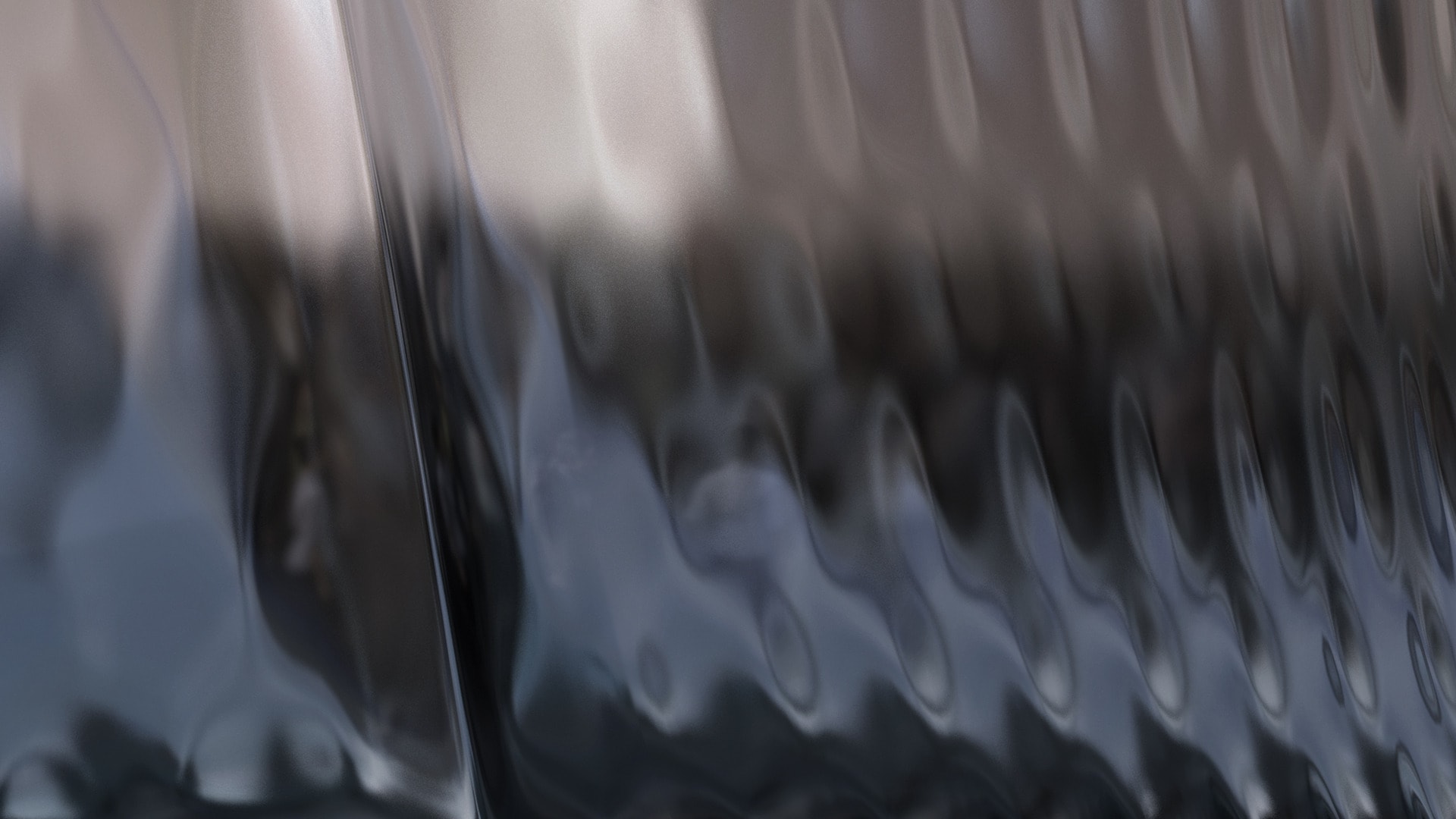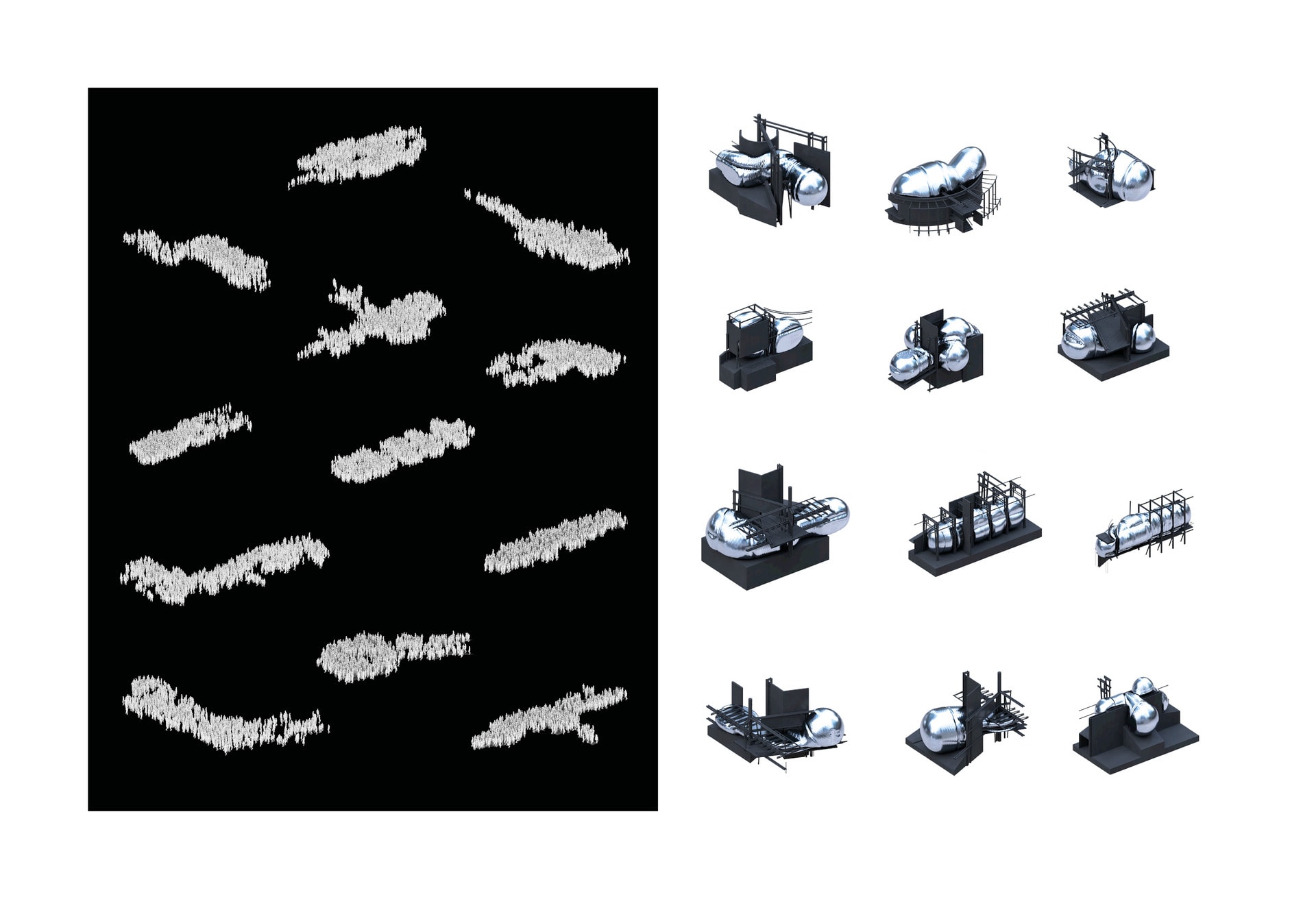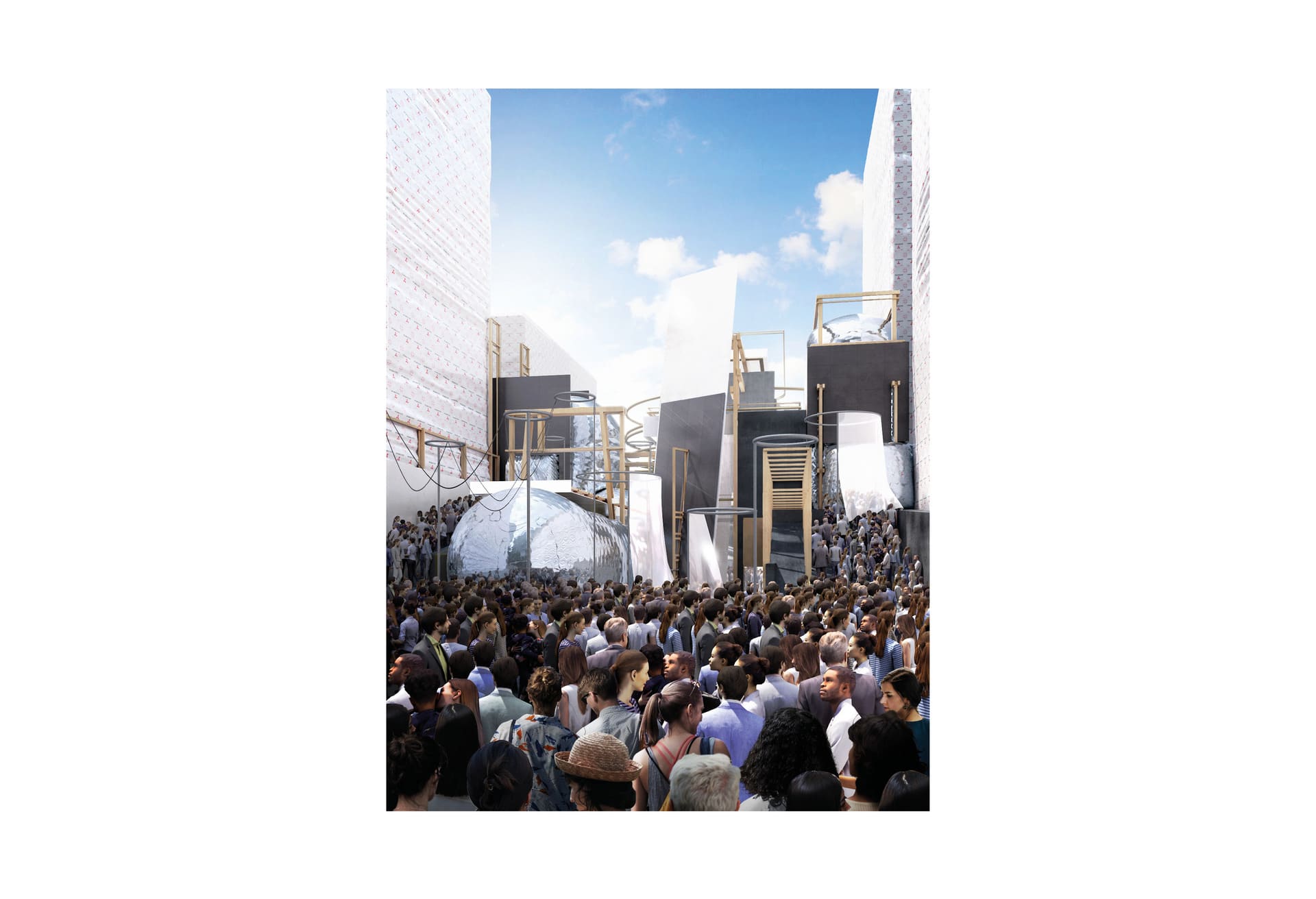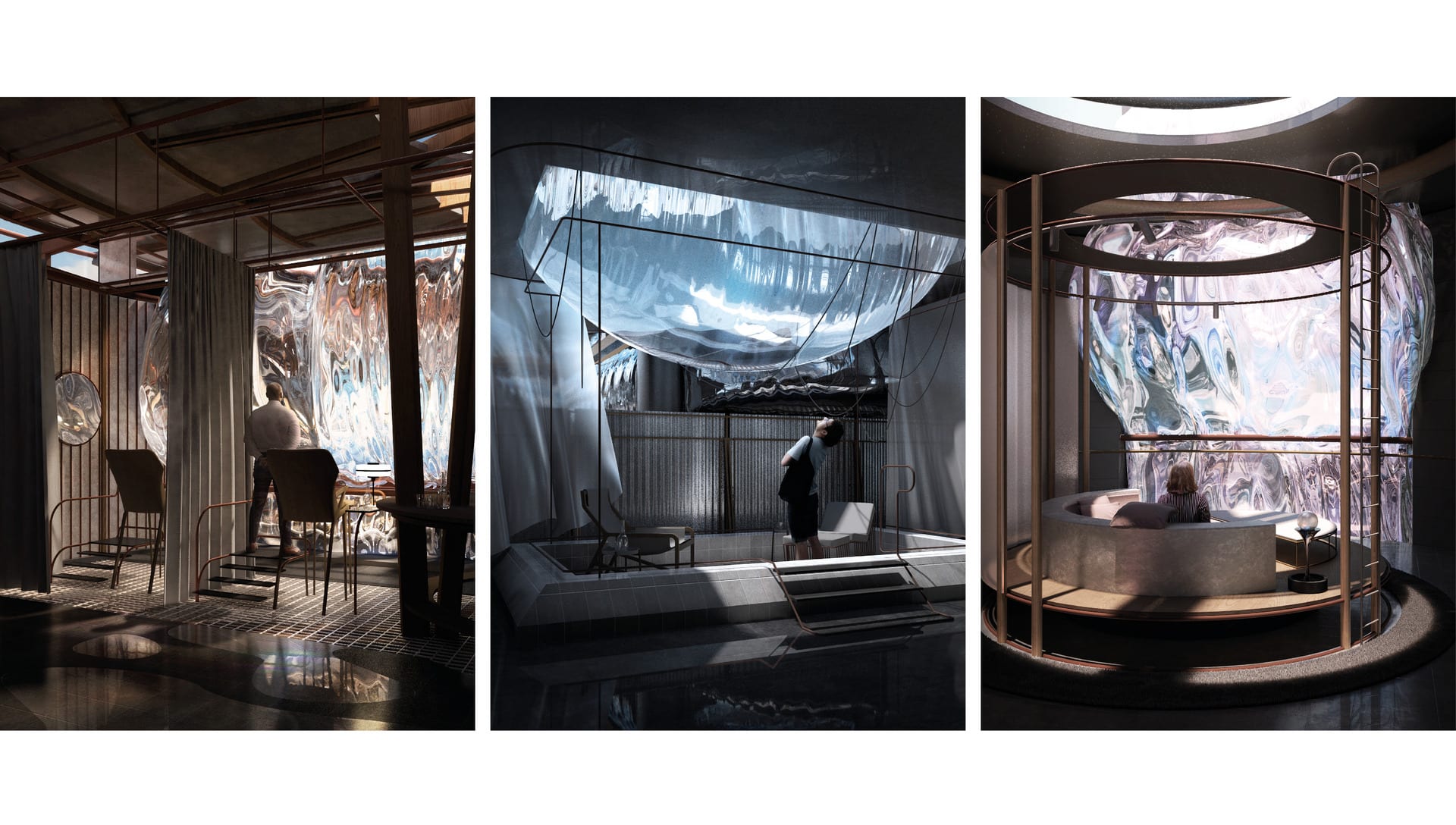Adam is a student whose interests manifest in the social implications of Architecture, predominantly focussing on progressive design methodologies that seek to advance and challenge societal conventions. Recent projects have explored latent discourses through the design of typologies for work, living and play in mediums ranging across animation, image making, physical modelling and activism.
After studying his undergraduate degree at the University of Bath, Adam moved to London in 2019 to complete his MA at the Royal College of Art, where he hopes to embrace the interdisciplinary systems of the institute to further his design skills and knowledge. After finishing his studies, he intends to work in the field of Architecture and expand on his understanding of what it means to be a part of the profession.








